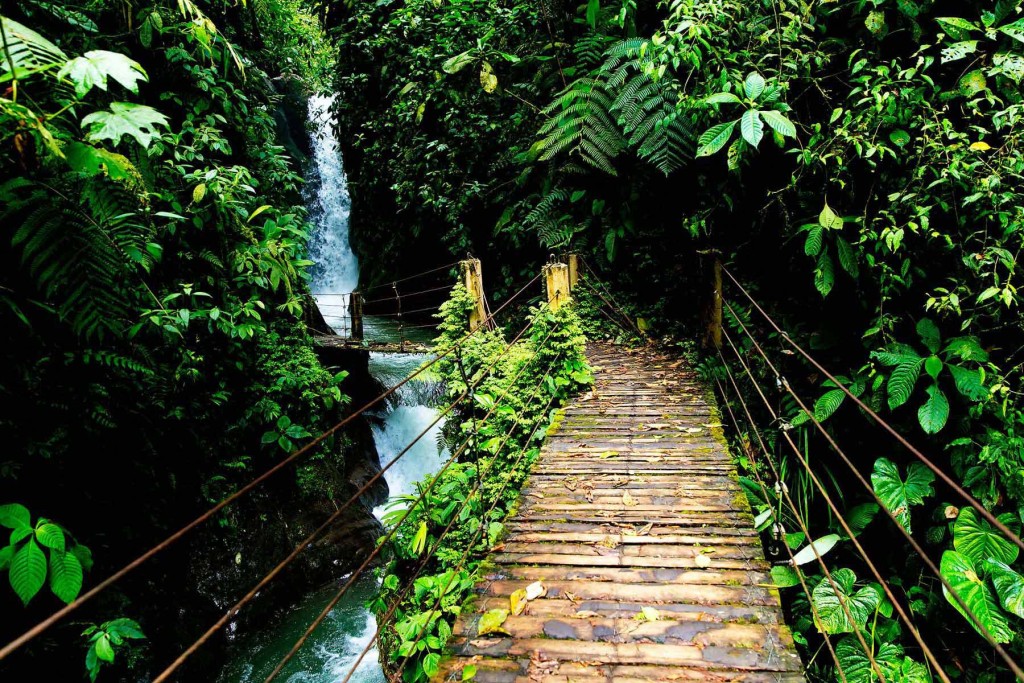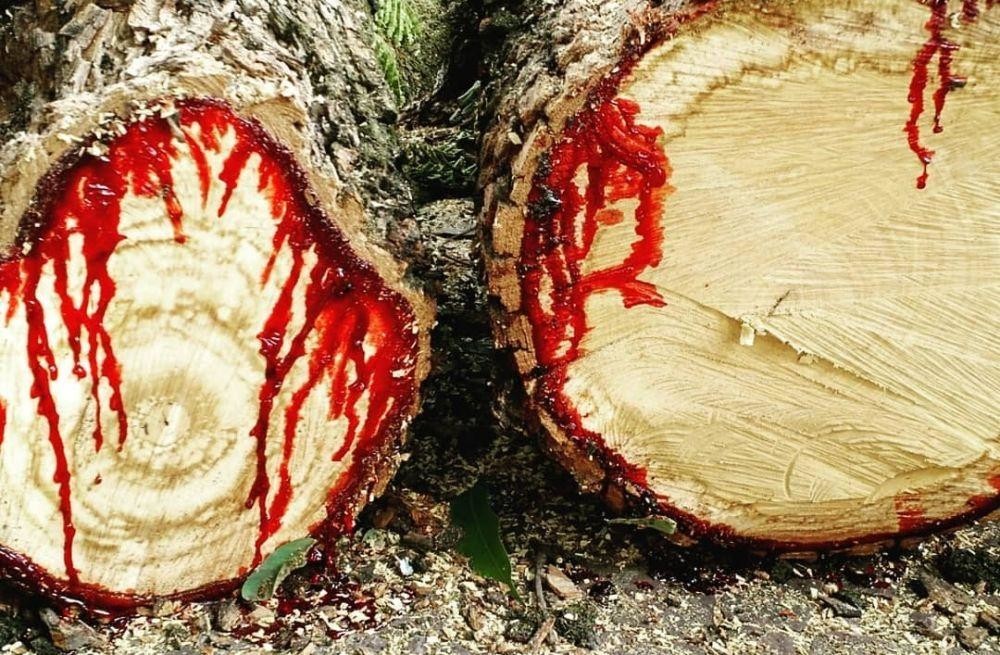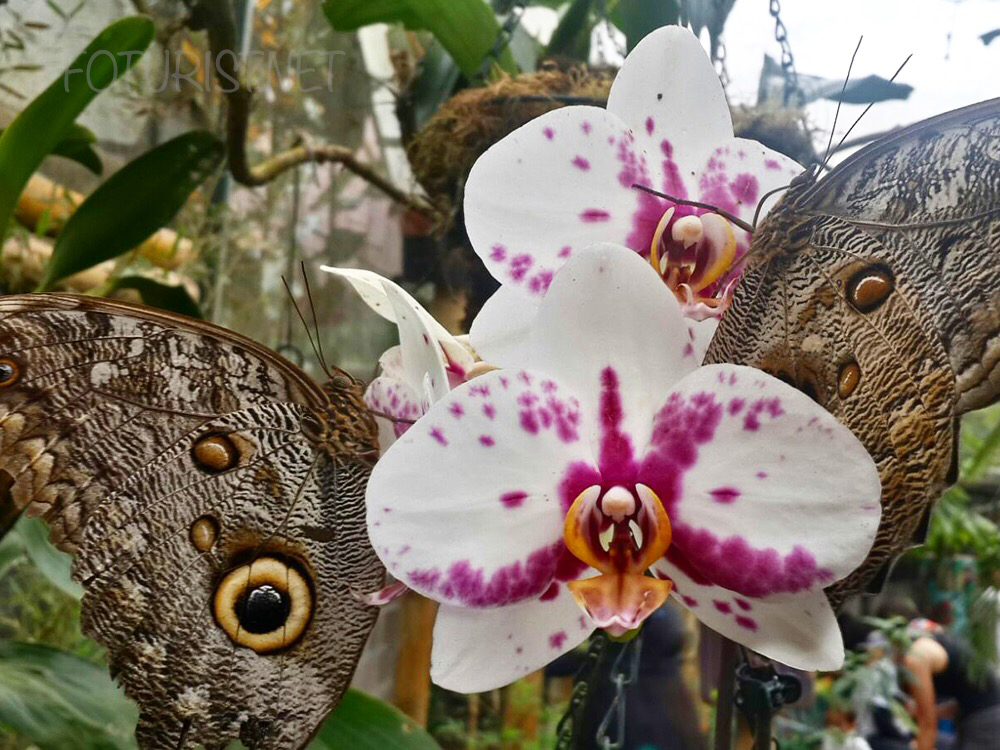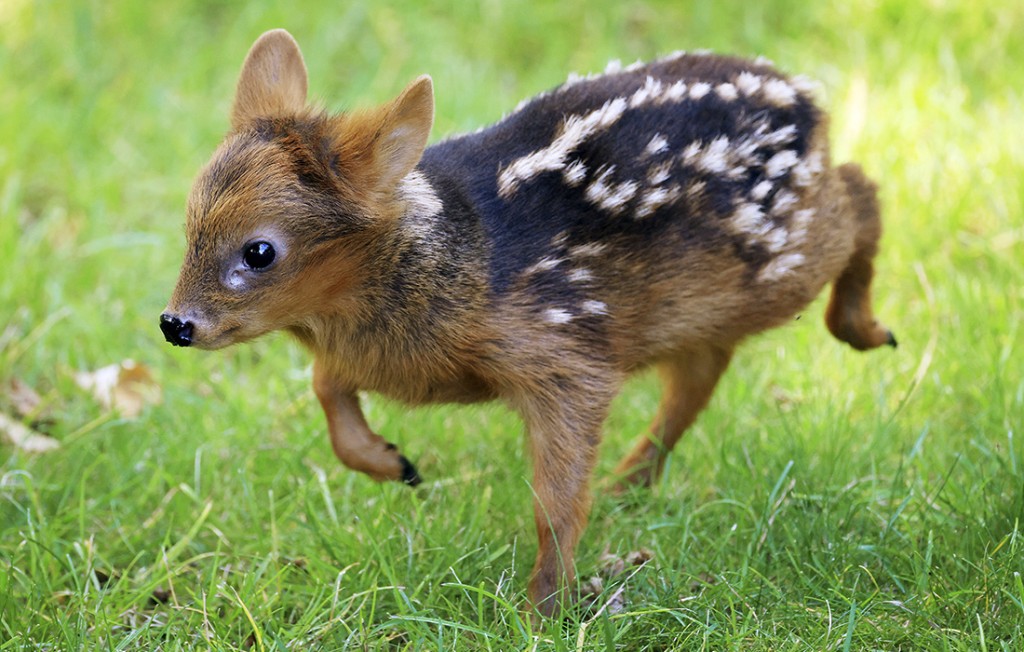September 23, 2023
Mindo — magical forests of Ecuador
Friends, we continue to introduce you to nature reserves and national parks of the world. Today we are going to South America to admire the unique cloud forest of Mindo.
The Mindo-Nambillo Ecological Reserve with an area of 19,200 hectares is located on the western slope of the Andes, in one of the most biologically diverse regions of the world. The cloud forest grows at an altitude of 1180 to 4780 m . Unlike tropical rain forests, there is no stuffy, humid heat. Dozens of turbulent mountain rivers and six waterfalls give life to billions of tiny drops, which in combination with the cold air create a mysterious fog of the cloud forest.

This climate is very favorable for plants. Palm trees, coffee, cocoa, hibiscus, ginger, banana, rubber trees grow in the lower part of the slopes. The higher tiers belong to the Andean pines, ferns, cereals and shrubs, among the thickets of which the Inca lily – alstroemeria is hiding.
Here you can see the rarest and most interesting trees in the world: breadfruit tree and dragon's blood - a tree from the trunk of which the juice of blood - red color oozes. Since pre-Hispanic times, locals have used this juice to heal wounds.

An additional flavor to this place is given by the caps of flowers hanging from the trees - epiphytic bromeliads and orchids. Their aerial roots, leaves and huge flowers make the cloud forest of Mindo look like a Jurassic Park. Ecuador is home to more than 4,000 species of orchids, a third of which are endemic.

Mindo is a real paradise for butterflies, there are several hundred species of them here. To make it convenient for tourists to observe them, part of the reserve is fenced and turned into a butterfly kingdom. There is a farm of Mariposario butterflies, where you can observe all stages of the life of these creatures, from the appearance of a caterpillar to its transformation into a winged beauty.
No less bright and interesting is the local world of birds, 350 species of which live in Mindo constantly and about 100 more fly to stay. In the cloud forest you can meet hummingbirds, parrots, rainbow tanagers, toucans, condors soar high in the sky.

Attracts the eye of the red-green quezal (quetzal), similar to a fabulous Firebird - a symbol of freedom of South American peoples. Among the indigenous peoples of South America, it was the bright feathers of rare birds that were considered the most valuable, and valued more than gold! A unique goatzin bird with claws on its wings also lives here. Her chicks can dive and climb trees.

No less interesting are the local mammals. Fishing bats, kinkaju tree raccoons, saki monkeys, tamarins, and coati live in Mindo. Of the large animals, you can meet the spectacled bear, the mountain tapir and the smallest deer in the world – the northern pudu.
The Mindo Reserve was once home to the Yumbo-Nigua people, long before the Incas came to power. They were considered great traders who provided a link between the coast and the highlands, but after the Spanish colonization they gradually disappeared.
Due to the steep slopes unsuitable for agriculture, the Mindo forest remained untouched.
The Mindo-Nambillo Ecological Reserve with an area of 19,200 hectares is located on the western slope of the Andes, in one of the most biologically diverse regions of the world. The cloud forest grows at an altitude of 1180 to 4780 m . Unlike tropical rain forests, there is no stuffy, humid heat. Dozens of turbulent mountain rivers and six waterfalls give life to billions of tiny drops, which in combination with the cold air create a mysterious fog of the cloud forest.

This climate is very favorable for plants. Palm trees, coffee, cocoa, hibiscus, ginger, banana, rubber trees grow in the lower part of the slopes. The higher tiers belong to the Andean pines, ferns, cereals and shrubs, among the thickets of which the Inca lily – alstroemeria is hiding.
Here you can see the rarest and most interesting trees in the world: breadfruit tree and dragon's blood - a tree from the trunk of which the juice of blood - red color oozes. Since pre-Hispanic times, locals have used this juice to heal wounds.

An additional flavor to this place is given by the caps of flowers hanging from the trees - epiphytic bromeliads and orchids. Their aerial roots, leaves and huge flowers make the cloud forest of Mindo look like a Jurassic Park. Ecuador is home to more than 4,000 species of orchids, a third of which are endemic.

Mindo is a real paradise for butterflies, there are several hundred species of them here. To make it convenient for tourists to observe them, part of the reserve is fenced and turned into a butterfly kingdom. There is a farm of Mariposario butterflies, where you can observe all stages of the life of these creatures, from the appearance of a caterpillar to its transformation into a winged beauty.
No less bright and interesting is the local world of birds, 350 species of which live in Mindo constantly and about 100 more fly to stay. In the cloud forest you can meet hummingbirds, parrots, rainbow tanagers, toucans, condors soar high in the sky.

Attracts the eye of the red-green quezal (quetzal), similar to a fabulous Firebird - a symbol of freedom of South American peoples. Among the indigenous peoples of South America, it was the bright feathers of rare birds that were considered the most valuable, and valued more than gold! A unique goatzin bird with claws on its wings also lives here. Her chicks can dive and climb trees.

No less interesting are the local mammals. Fishing bats, kinkaju tree raccoons, saki monkeys, tamarins, and coati live in Mindo. Of the large animals, you can meet the spectacled bear, the mountain tapir and the smallest deer in the world – the northern pudu.
The Mindo Reserve was once home to the Yumbo-Nigua people, long before the Incas came to power. They were considered great traders who provided a link between the coast and the highlands, but after the Spanish colonization they gradually disappeared.
Due to the steep slopes unsuitable for agriculture, the Mindo forest remained untouched.
Read more
July 31, 2024
April 12, 2024
April 5, 2024